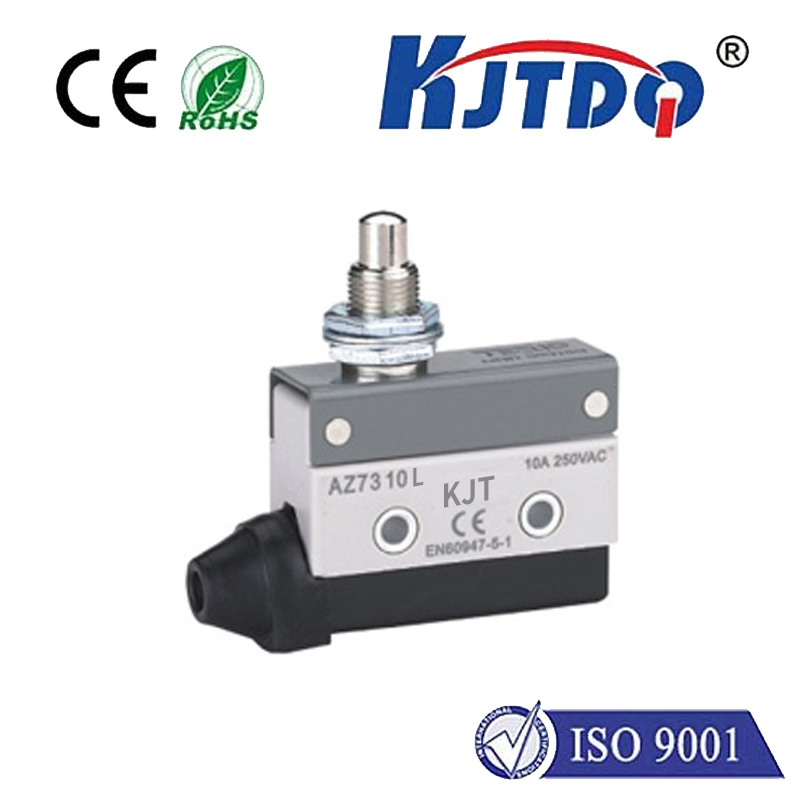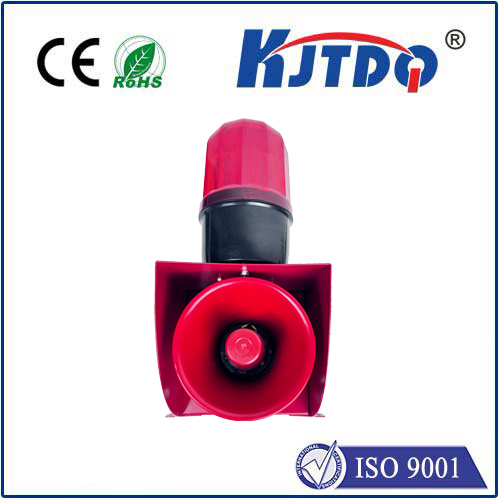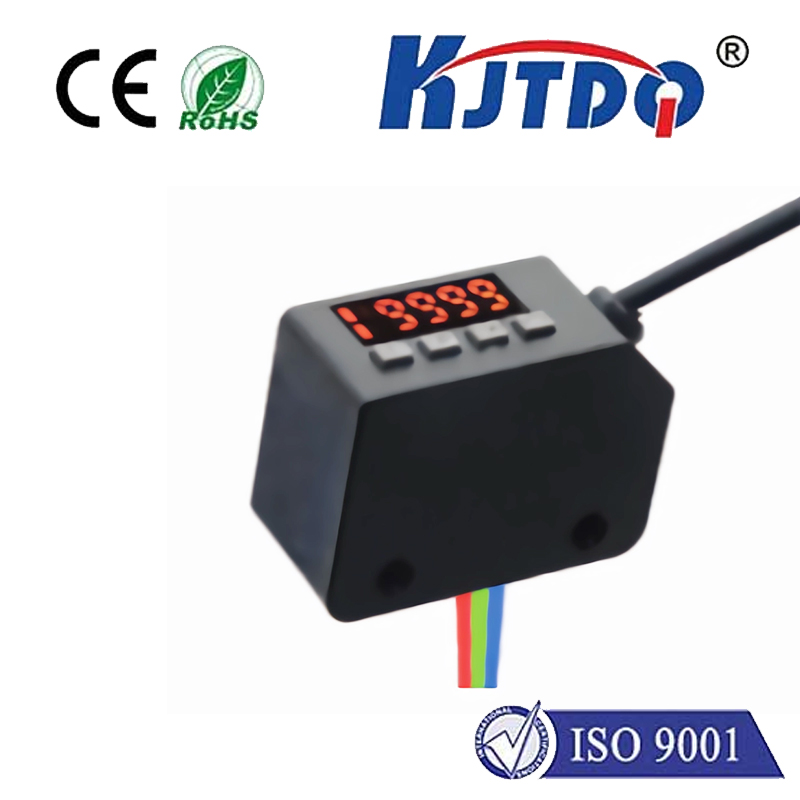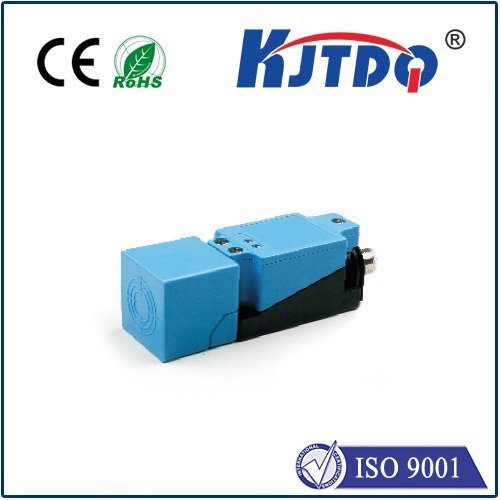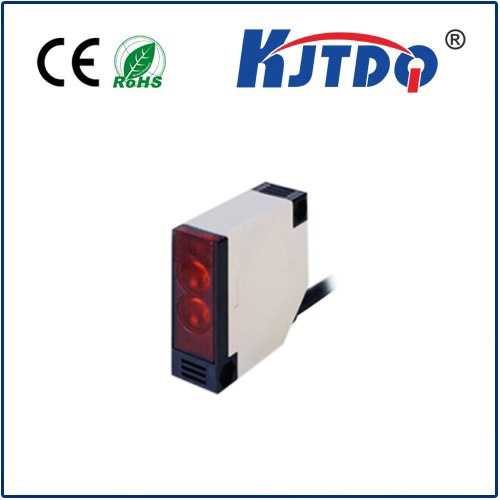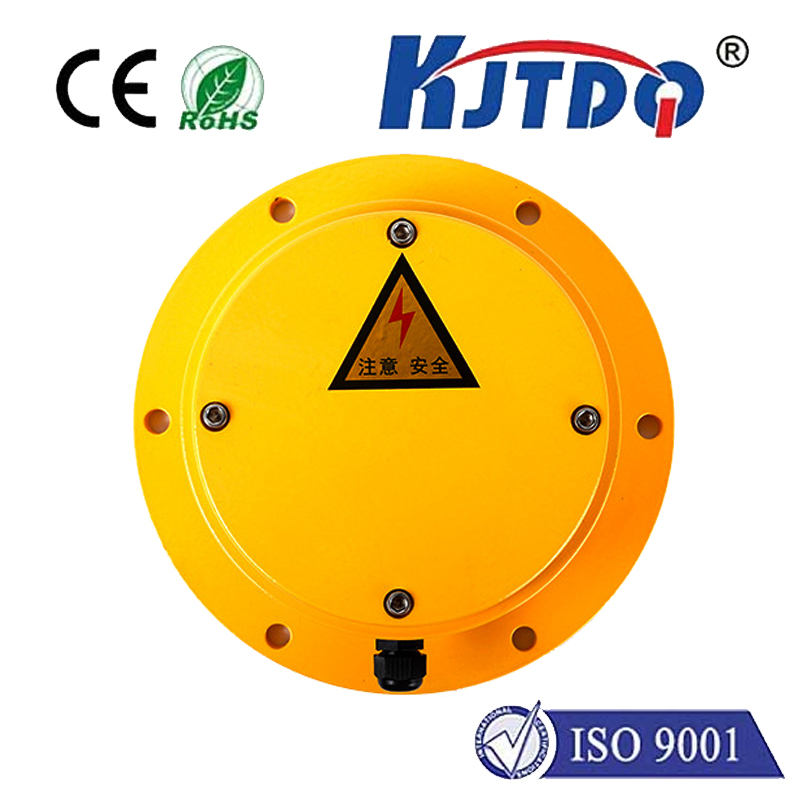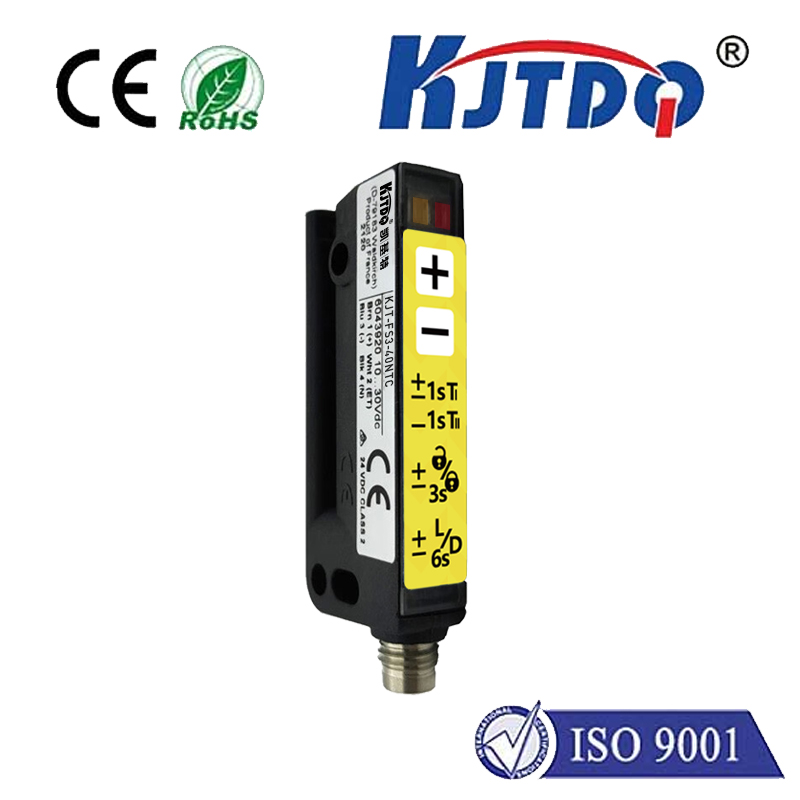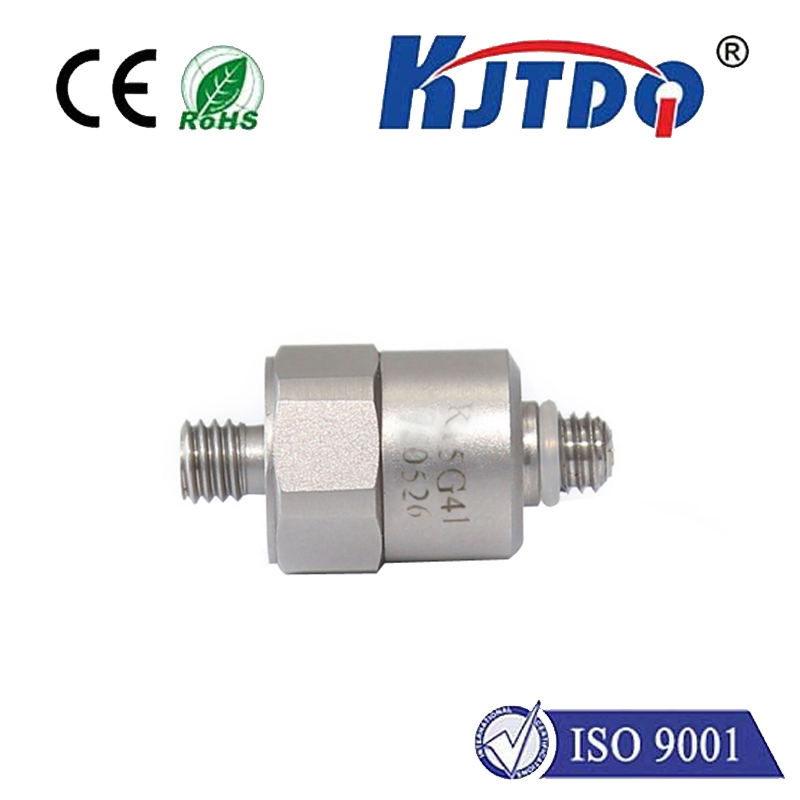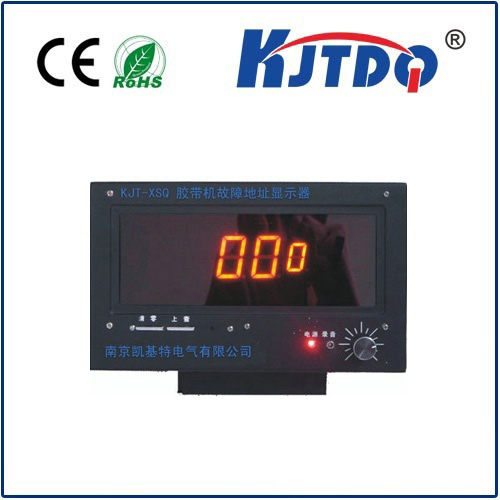micro switch sensor
- time:2024-10-21 16:38:33
- Click:0

The Ins and Outs of Micro Switch Sensors: A Comprehensive Guide
In the ever-evolving world of technology, innovation is key to progress. One such innovation that has gained immense popularity in recent years is the micro switch sensor. These diminutive yet powerful devices are used in a wide range of applications, from industrial machinery to consumer electronics. In this article, we will delve into the various aspects of micro switch sensors, their working principles, advantages, disadvantages, and potential future developments.
What Are Micro Switch Sensors?
Micro switch sensors are electromechanical devices that detect physical changes in their environment, such as temperature, pressure, or motion. They consist of two main components: a sensitive element and an electrical output. The sensitive element responds to external stimuli by undergoing a physical change, which is then converted into an electrical signal by the output.
Working Principle of Micro Switch Sensors
The working principle of micro switch sensors can be understood through an analogy with a light switch. Just like a light switch controls the flow of electricity to a bulb, a micro switch sensor controls the flow of electrical signals within a circuit. When the sensitive element detects a change in its environment, it causes a mechanical deformation that activates or deactivates the electrical output. This action triggers a corresponding response in the connected device or system.
Advantages of Micro Switch Sensors
- Compact size: As the name suggests, micro switch sensors are incredibly small and lightweight, making them ideal for use in compact and portable devices.
- High sensitivity: These sensors are capable of detecting even the slightest changes in their environment, making them highly suitable for precision measurements and control applications.
- Wide operating range: Micro switch sensors can operate over a wide range of temperatures, pressures, and other environmental conditions, making them versatile and adaptable to various applications.
- Low power consumption: Due to their minimal energy requirements, these sensors are perfect for battery-powered devices and systems where energy efficiency is crucial.
- Cost-effective: Micro switch sensors are relatively inexpensive to produce and install, making them an affordable solution for businesses and consumers alike.
Disadvantages of Micro Switch Sensors
- Limited lifespan: The mechanical nature of micro switch sensors means that they have a limited operational lifespan, typically ranging from thousands to millions of cycles, depending on the specific application and usage conditions.
- Sensitivity to environmental factors: While these sensors are designed to withstand various environmental conditions, they can still be affected by factors such as humidity, dust, and vibrations, which may impact their performance and reliability.
- Complex installation process: Installing micro switch sensors can be a complex and time-consuming process, requiring specialized knowledge and skills to ensure proper alignment and function.
Future Developments in Micro Switch Sensors
As technology continues to advance at an unprecedented pace, it is safe to assume that micro switch sensors will evolve alongside it. Some potential future developments in this field include:
- Improved durability and longevity: Researchers are constantly working on developing new materials and manufacturing techniques that can extend the lifespan of micro switch sensors while maintaining their performance and reliability.
- Enhanced sensitivity and accuracy: Advances in materials science and nanotechnology could lead to the creation of more sensitive and accurate micro switch sensors, enabling even greater precision in measurements and control applications.
- Wireless connectivity: As the Internet of Things (IoT) continues to grow in popularity, there is a growing demand for wireless sensors that can communicate data remotely. Future generations of micro switch sensors may incorporate built-in wireless communication capabilities, allowing them to seamlessly integrate into smart systems and infrastructure.
- Energy harvesting: To further improve the energy efficiency of micro switch sensors, researchers are exploring innovative ways to harvest energy from the environment, such as solar power or kinetic energy generated by vibrations or motion. This would enable these sensors to operate without batteries or external power sources altogether.
In conclusion, micro switch sensors have come a long way since their inception and have become an integral part of many modern technologies and systems. While they do have certain limitations and challenges associated with them, ongoing research and development efforts are likely to address these issues and pave the way for even more advanced and versatile micro switch sensor solutions in the future.





